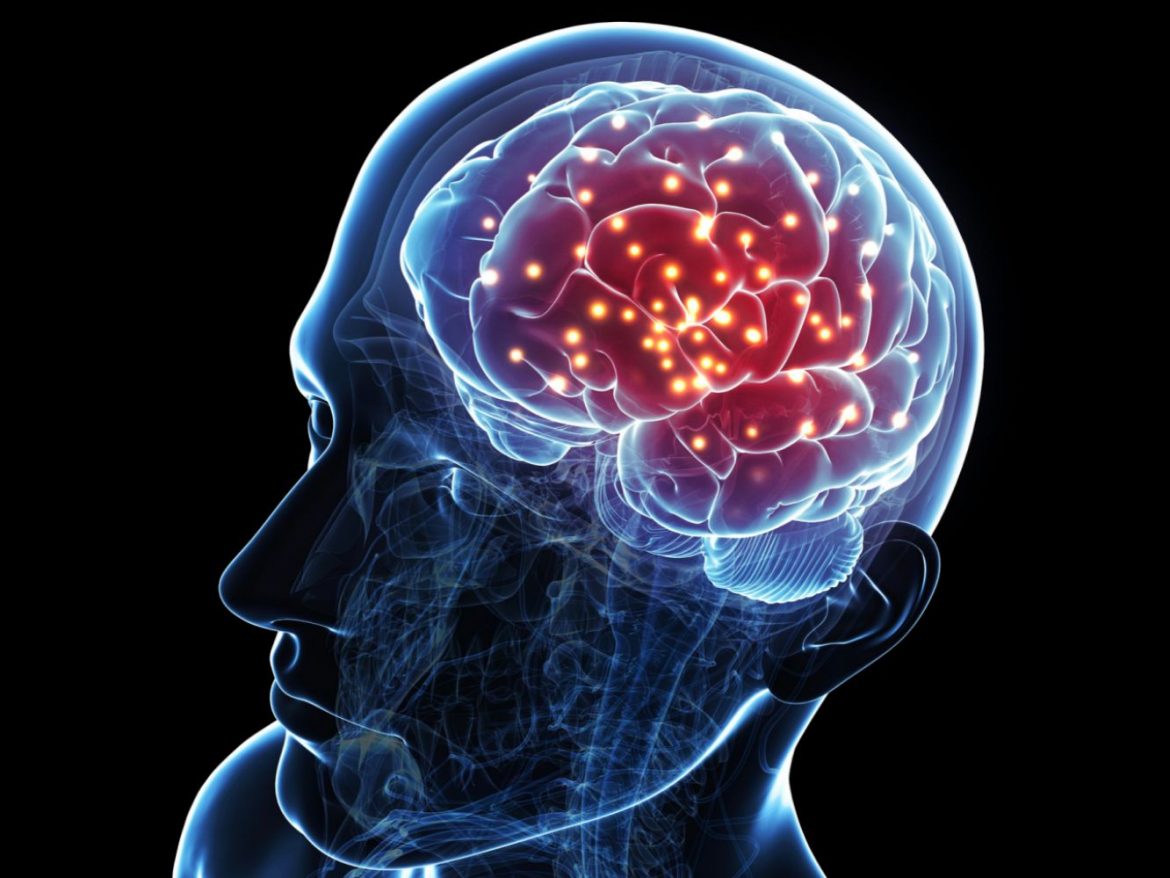Understanding how the brain works, particularly how information is processed during various activities, is difficult without understanding how many axons exist in the brain and how many connect distinct functional areas. An approach developed by Burke Rosen and Eric Halgren at the University of California, San Diego, published March 24 in the open-access journal PLOS Biology, demonstrates that, despite the functional importance of connections between distant regions of the brain, the actual number of these connections is low.
Researchers merged diffusion MRI data from the Human Connectome Project with histological cross-sections of the corpus callosum, the primary tract that links the left and right sides of the brain, in the new study.
The Human Connectome maps the strength of all brain connections but does not reveal the exact number of axons, whereas histological cross-sections provide estimates for how many axons are packed into a particular volume. The number of axons in the cerebral cortex was estimated by combining connection strengths and axon densities.
According to the findings, the cerebral cortex has over 2.5 billion long-distance axons. Despite this enormous number, they discovered that the number of connections between distinct functional brain areas was rather modest.
“Our discovery that cortical regions are sparsely linked means that integration occurs either by linkage of dense local connections or through rare, extremely privileged long-range axons.”

